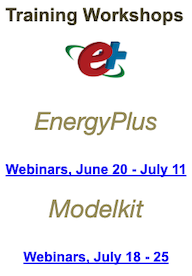Hi @nfonner,
Good question. As you've stated, the sky conditions for EnergyPlus and Radiance simulations done in OpenStudio are dictated by the information in the weather file (.epw) you assign to your model. The older LEED rating systems used the more simplistic point-in-time compliance path, which assumes these ideal "clear" and "overcast" skies that rarely exist in Real Life[TM]. Hence the move toward true climate based daylight modeling (CBDM), a compliance path approved in LEED 4.0, even (wow!).
What you could do is look at the weather file (EPW) in a tool such as Climate Consultant to visualize the weather data, and hope that there are representative "clear" and "overcast" days near the equinox that you could use as exemplars for the LEED submittal. Basically, a really high direct normal irradiation value paired with a low diffuse horizontal value suggests a clear sky, and the inverse ratio suggests an overcast one. You may need to "look around" the equinox date(s) a bit to find truly exemplar days, which begs the question "will the LEED reviewer accept days other than 3-21 or 9/21". "Unfortunately", true CBDM is the only way to do an annual simulation in OpenStudio at the moment. You could write a measure that uses the daylight coefficient data from the OpenStudio-Radiance run and generates the simple clear/overcast skies with gensky to give you your data, and for that matter, we should add such an option directly to OpenStudio. In the meantime a little script in the interpreted language of your choice may be the fastest way right now (I am happy to help you with this, if you want to work offline a bit; we can post the results here).
P.S.:
Details on what EnergyPlus does with the weather info can be found here. In the case of
Radiance (by way of OpenStudio), what happens is the epw file is converted to the Daysim ".wea" format, which the Radiance program dctimestep uses to generate skies based on the Perez model.




